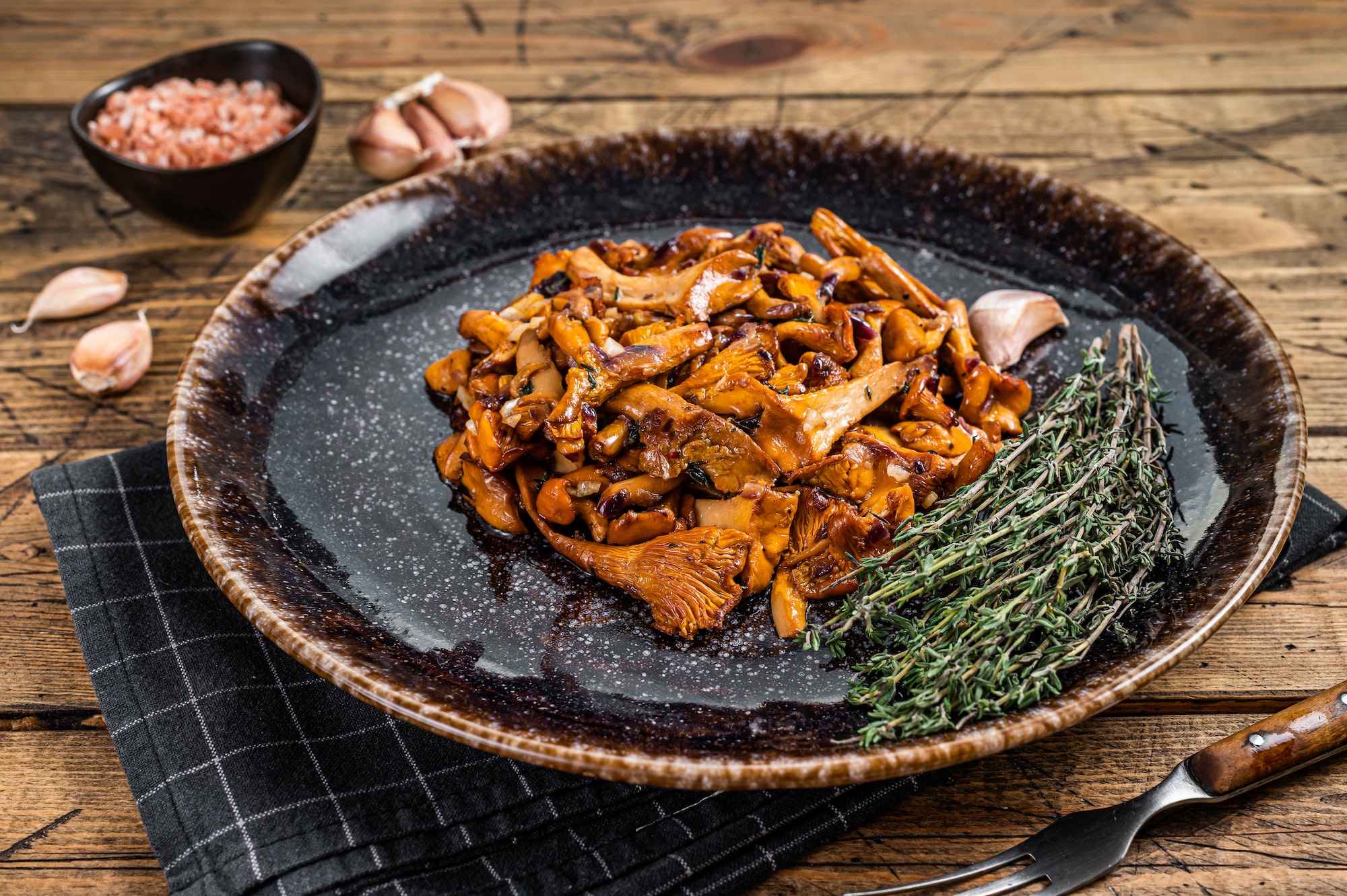The world of gourmet cuisine is constantly evolving, with chefs always on the lookout for new ingredients to elevate their dishes. One such ingredient that has been gaining popularity recently is wild mushrooms. These flavorful fungi can be found in forests and woodlands across the globe, providing a unique and earthy taste that can enhance a wide variety of dishes. In this article, we’ll explore the art of foraging for wild mushrooms, as well as some tips on how to incorporate them into your gourmet creations.
Foraging for wild mushrooms can be a fun and rewarding experience, but it’s important to approach it with caution. Many types of mushrooms are poisonous and can cause severe illness or even death if consumed. To avoid any potential dangers, it’s crucial to properly identify the mushrooms you find before using them in your cooking. There are several resources available to help you learn about mushroom identification, including field guides, online forums, and local mycological societies. It’s also a good idea to go foraging with an experienced guide who can teach you how to identify edible species and avoid dangerous ones.
Once you’ve learned how to safely identify wild mushrooms, it’s time to hit the woods and start searching for these gourmet treasures. Some popular edible varieties include morels, chanterelles, porcini, and black trumpets. Each type of mushroom has its own unique flavor profile and texture, making them versatile additions to your culinary repertoire.
Morels are highly sought after for their distinct earthy flavor and sponge-like texture. They can be found in the springtime in hardwood forests across North America and Europe. Morels pair well with rich ingredients like cream, butter, and cheese.
Chanterelles are another prized variety, featuring a delicate fruity aroma and nutty flavor. They can be found in deciduous and coniferous forests throughout the summer months. Chanterelles are delicious sautéed in butter or used in creamy sauces for pasta dishes.
Porcini mushrooms, also known as king boletes, are prized for their meaty texture and rich, earthy flavor. They can be found in coniferous and deciduous forests during the summer and fall months. Porcini are excellent in risottos, soups, and pasta dishes.
Black trumpets, sometimes called black chanterelles, are a gourmet favorite due to their smoky, rich flavor. They can be found in hardwood forests during the summer and fall months. Black trumpets are great in sauces or simply sautéed with garlic and butter.
Once you’ve foraged your wild mushrooms, it’s important to clean them properly before cooking. Many mushrooms have nooks and crannies where dirt can hide, so it’s best to use a soft brush or damp cloth to gently remove any debris. Avoid soaking mushrooms in water, as they can absorb moisture and become soggy.
There are countless ways to incorporate wild mushrooms into your gourmet dishes. They can be used in appetizers, main courses, and even desserts. Here are some ideas for using wild mushrooms in your cooking:
- Sauté wild mushrooms with garlic and butter for a simple yet delicious side dish.
- Add wild mushrooms to risottos for an earthy depth of flavor.
- Use wild mushrooms in pasta sauces, such as a creamy chanterelle sauce or porcini-infused tomato sauce.
- Incorporate wild mushrooms into quiches or frittatas for a flavorful breakfast or brunch option.
- Create a luxurious wild mushroom soup by blending sautéed mushrooms with cream and chicken or vegetable stock.
- Pair wild mushrooms with seafood or poultry for a unique surf-and-turf combination.
- Experiment with using dried wild mushrooms in desserts, such as morel-infused chocolate truffles or porcini ice cream.
In conclusion, incorporating wild mushrooms into your gourmet creations is an excellent way to elevate your dishes and showcase these unique, flavorful ingredients. Just remember to always practice safe foraging techniques and properly identify your mushrooms before using them in your cooking.

